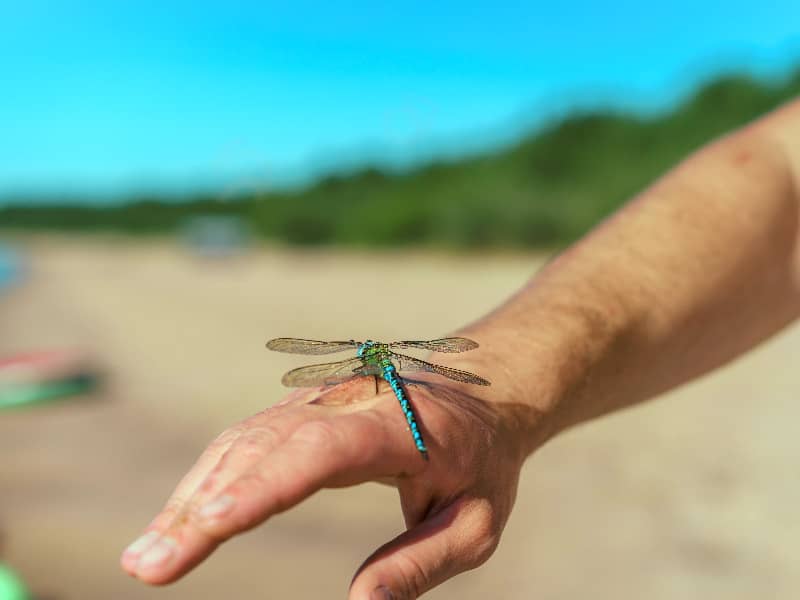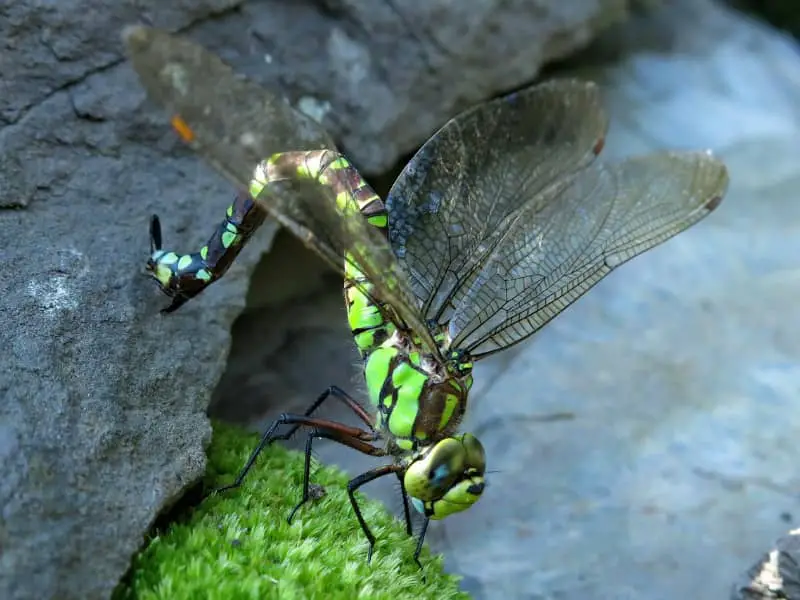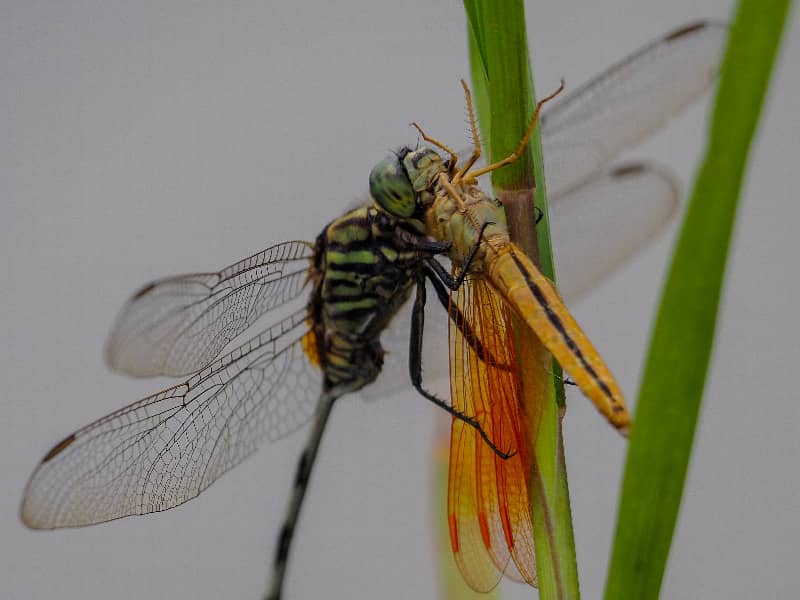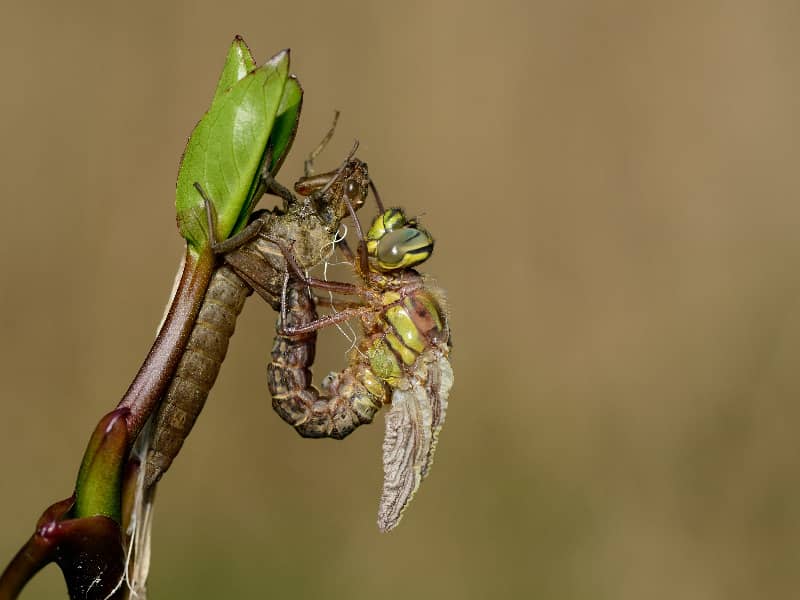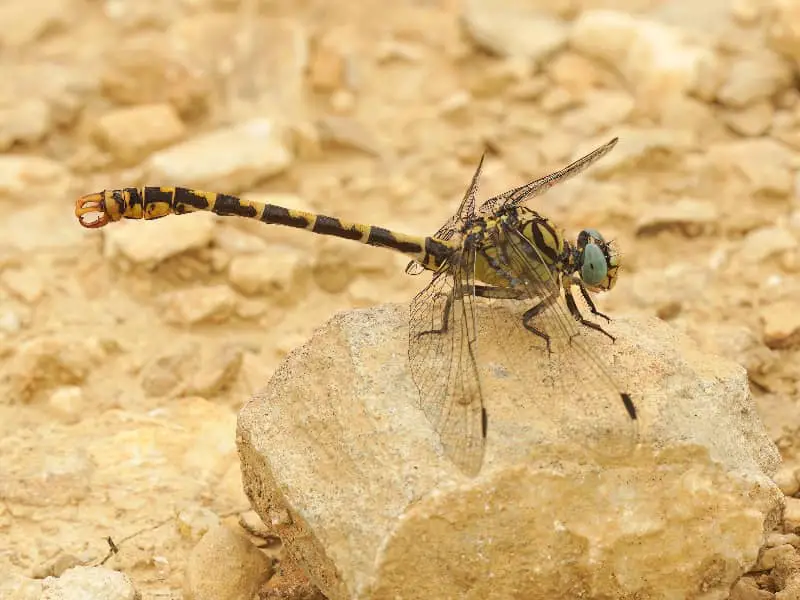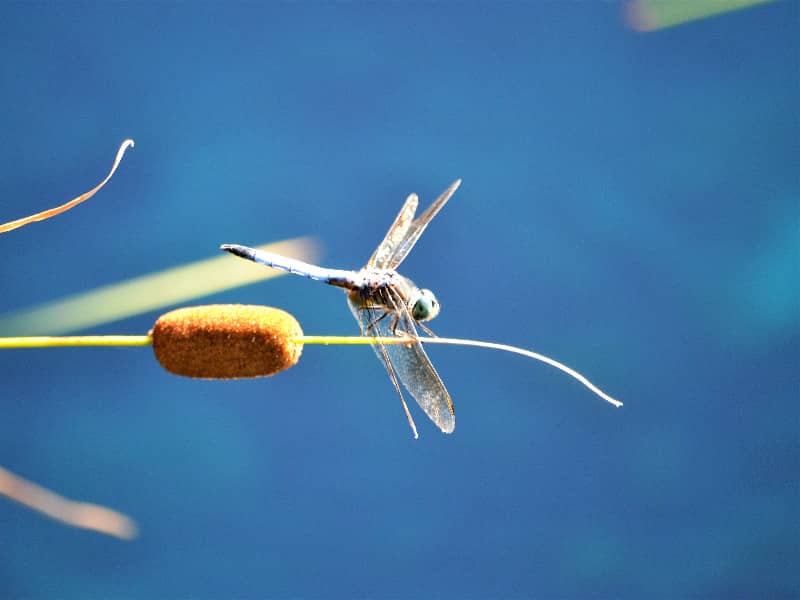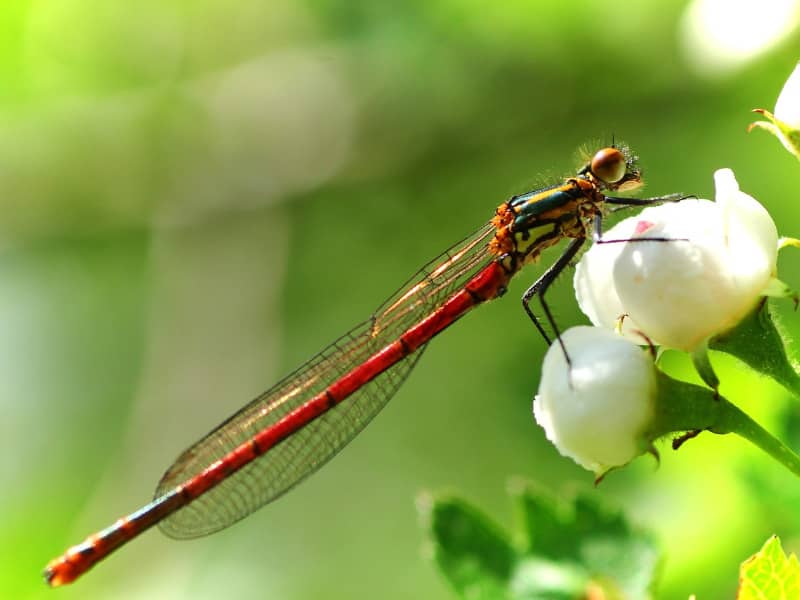
Early Adonis Damselfly
The Early Adonis dragonfly, also known as Pyrrhosoma nymphula, is a fascinating insect species native to many parts of Europe. With their bright red and black wings, they are a real eye-catcher in the dragonfly world. In this article we will take an in-depth look at the physical characteristics, life cycle, diet, reproductive behavior, distribution and conservation status of the Early Adonis dragonfly. We will also discover interesting facts about this fascinating dragonfly species and give you tips on how to attract the Early Adonis dragonfly to your garden.
- Early Adonis Damselfly
- Physical characteristics and habitat of the Early Adonis Damselfly.
- Life cycle of the Early Adonis Damselfly
- Feeding and feeding habits of the Early Adonis Damselfly
- Reproduction and mating behavior of the Early Adonis Damselfly
- Distribution and protection status of the Early Adonis Damselfly
- Interesting facts about the Early Adonis Damselfly
- How to recognize the Early Adonis Damselfly?
- Tips to attract the Early Adonis Damselfly to your garden
- Conclusion
- FAQ
Physical characteristics and habitat of the Early Adonis Damselfly.
The Early Adonis Damselfly is distinguished by its striking wings, which have a combination of bright red and shiny black. The males also have a bright red body, while the females have more of a brownish coloration. The body size of the Early Adonis damselfly varies between 30 and 35 millimeters.
This dragonfly species prefers stagnant waters such as ponds, lakes and slow-moving streams as habitat. They require clean water and adequate vegetation to reproduce and find food. The Early Adonis dragonfly is primarily distributed in Central Europe, but can also be found in other parts of Europe.
Life cycle of the Early Adonis Damselfly
The life cycle of the Early Adonis damselfly consists of several stages, each with different characteristics. It begins with the female laying eggs in aquatic plants. The eggs take about two weeks to hatch and develop into larvae.
The larvae of the Early Adonis damselfly live in the water and feed on small insects and other aquatic organisms. After a few months, they molt several times before finally crawling out of the water and clinging to plants or other surfaces to pupate.
The pupal dormancy of the Early Adonis dragonfly lasts about two to three weeks before the adult dragonflies develop. As soon as they are ready, the adult Adonis dragonflies hatch from the pupae and begin their short but intense life phase.
Feeding and feeding habits of the Early Adonis Damselfly
The Early Adonis Damselfly feeds mainly on small insects such as mosquitoes, flies and other flying organisms. It is an excellent hunter and uses its sharp mouthparts to catch its prey. The dragonflies fly over the water or sit on plants and wait patiently for their prey.
The Early Adonis damselfly is also known for its ability to feed in flight. It can capture its prey in flight and consume it directly. This makes it an extremely efficient insect hunter.
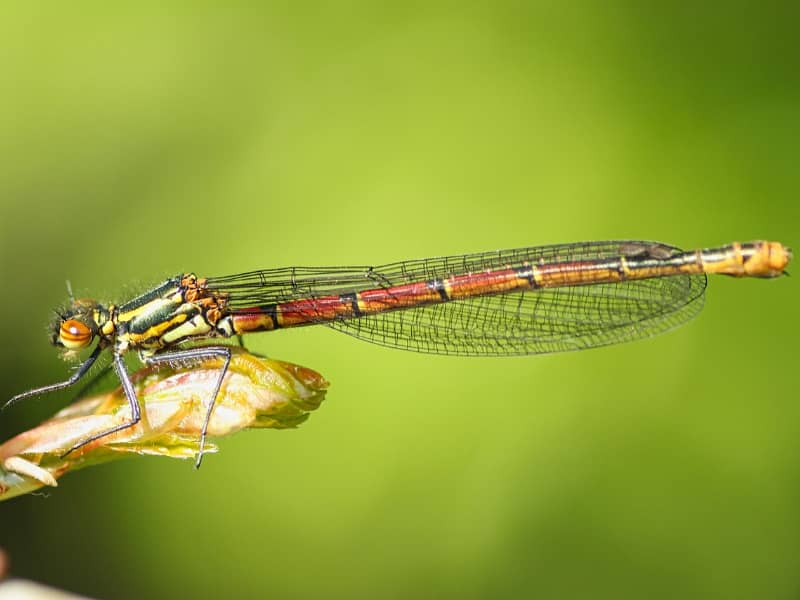
Reproduction and mating behavior of the Early Adonis Damselfly
The mating behavior of the Early Adonis damselfly is fascinating. The males exhibit impressive courtship behavior, flying in the air and displaying their showy wings to attract females. Once a female is interested, the pair flies together and performs an in-flight mating.
After mating, the female lays her eggs on aquatic plants to start the life cycle all over again. The reproduction of the Early Adonis damselfly takes place during the warm months when insect populations are at their highest.
Distribution and protection status of the Early Adonis Damselfly
The Early Adonis Damselfly is common in many parts of Europe and is found from Portugal to Russia. However, it has become rare in some regions and is therefore under protection. Habitat destruction and water pollution are the main threats to this fascinating dragonfly species.
Various conservation measures are being taken to maintain the population of the Early Adonis dragonfly. These include creating and maintaining suitable habitats, monitoring populations and raising public awareness of the need to protect these fascinating insects.
Interesting facts about the Early Adonis Damselfly
- The Early Adonis damselfly is one of the smallest dragonfly species in Europe.
- It can reach up to 30 wing beats per second.
- Males aggressively defend their territory against other males.
- The Early Adonis damselfly can survive up to 14 days without food.
How to recognize the Early Adonis Damselfly?
The Early Adonis dragonfly is easily recognized by its striking wings. The combination of bright red and shiny black is a characteristic feature of this dragonfly species. The males also have a bright red body, while the females are more brown in color.
Another way to identify the Early Adonis dragonfly is its flight behavior. It often flies near bodies of water and moves faster than many other dragonfly species. Its nimble and agile flying makes it a fascinating sight.
Tips to attract the Early Adonis Damselfly to your garden
If you want to attract the Early Adonis Damselfly to your garden, there are some simple steps you can take. First, make sure your garden has a suitable water source such as a pond or small watering hole. The Early Adonis Damselfly needs clean water and adequate vegetation to become established.
Furthermore, you can grow plants that serve as a food source for dragonflies. Water plants such as water lilies and reeds provide an ideal habitat for them. Avoid the use of pesticides or chemical fertilizers, as these can be harmful to the Adonis dragonflies.
Conclusion
The Early Adonis damselfly is a fascinating dragonfly species that attracts attention with its showy wings and glowing body. Their life cycle, feeding habits and reproductive behavior make them an interesting focus of scientific research. It is important to protect their habitats and take measures to conserve their population. With the right measures, you can even attract the Early Adonis dragonfly to your own garden and observe these fascinating insects up close.
FAQ
Question: Where is the Early Adonis damselfly distributed?
Response: The Early Adonis Damselfly is common in many parts of Europe and is found from Portugal to Russia.
Question: What is the main threat to the Early Adonis damselfly?
Response: The main threat to the Early Adonis damselfly is habitat destruction and water pollution.
Question: How can I attract the Early Adonis Damselfly to my garden?
Response: You can attract the Early Adonis Damselfly to your garden by creating a suitable water source, such as a pond or small watering hole, and by growing plants that serve as a food source. Avoid the use of pesticides and chemical fertilizers.
Author
Last posts
- 15. March 2024ChickensRobuster Kunststoffzaun für Hühner – Tipps
- 13 October 2023DragonfliesBlue feather damselfly
- 12 October 2023DragonfliesYellow dragonfly - What are the species?
- 12 October 2023DragonfliesEarly Adonis Damselfly

